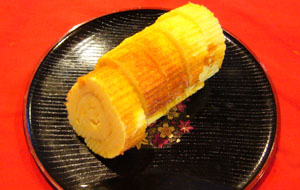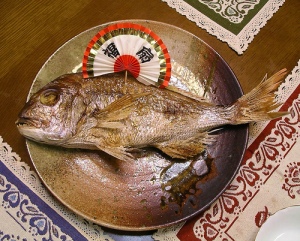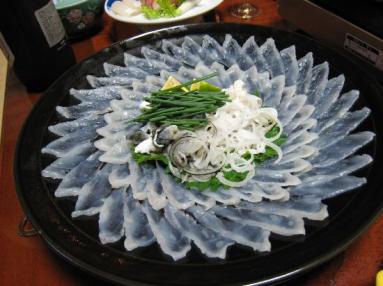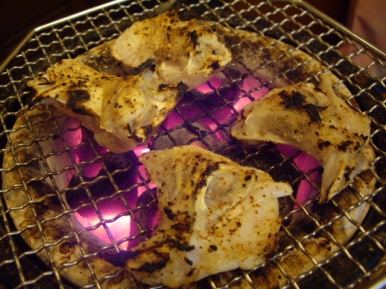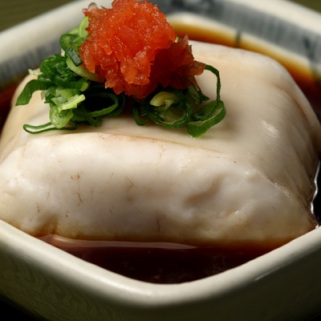Okay, I’ll admit it, I’m a sucker for junk food. Since living in New York, my consumption of fast food has gone up dramatically, despite the wide array of quality food here. Now I’m not advocating that you visit McDonald’s or any of these other restaurants while in Japan, but sometimes you just gotta eat. Here is a list of some of the major differences you’ll find between your US fast food place and that same burger joint in Japan.
One of the most obvious differences between American and Japanese fast food is the size of the portions. Burgers tend to be much smaller, and though you can still order a quarter-pounder or Big Mac in Japan, they aren’t first and foremost on the menu.


Pictured on the left here is my favorite type of fast food burger in Japan – the teriyaki burger (here, the Teriyaki Mac Burger – てりやきマックバーガー). The sweet sauce works well with the meat, though I could do without the huge blob of mayonnaise on top. Japanese mayonnaise, made with apple cider or rice vinegar instead of distilled vinegar, will become a common theme in this post. It’s an extremely popular condiment in Japan, appearing on everything from salad (as a dressing all by itself) to french fries to pizza. On the right is the Filet-o-Shrimp (えびフィレオ), which is shrimp formed into a breaded patty, then fried.

Here we have a concept similar to the McSalad Shaker, but in chicken nugget form. It’s called Shaka-Shaka Chicken (シャカシャカチキン), and the idea is you pour the flavoring packet into a bag with the large nugget, shake, and then eat. Flavors include lemon (pictured here), black pepper, and cheese.
McDonald’s in Japan used to have the Mega Mac, which was a Big Mac with 4 patties. Also included in the promotion was the Mega Tamago (3 patties, 1 fried egg) and the Mega Tomato (3 patties, 1 large tomato slice). Though popular, they don’t seem to be on the menu at the moment. In addition to fries, you can also order a side of sweet corn or a bacon and potato pie (which sounds pretty tasty, actually). I also got a kick out of a little listing at the very bottom of the menu that says, “Smile: Free of charge.” While reading the menu in Japanese in Kyoto, I muttered that out loud to myself, and the cashier flashed me a HUGE smile as a demonstration. Somehow I can’t imagine that happening in NYC.
Burger King in Japan honestly seems pretty similar to the US version, though they do have a Teriyaki Whopper. Well, and there’s also the alcohol prominently advertised on their website.

Fries, onion rings, or chicken fingers with a Heineken for 500 yen? Well, okay then! You can also substitute any soft drink included with a meal with a Heineken for 150 yen. I know that beer at fast food places isn’t a big deal in most of the world, but it’s still pretty unusual for America (well, except for Chipotle and their Coronas).
Ah, and here is my favorite fast food burger place in Japan, though it isn’t American in the slightest. MOS Burger has slightly smaller portions and is more expensive, but the higher-quality ingredients make their food taste much better. Not only do they have teriyaki burgers, but you can also get them topped with sauteed vegetables, mushrooms, and melted cheese. Their milkshakes are also really good, though some of their more unusual items are the MOS Rice Burgers.

Pictured here is the MOS Rice Seafood Burger (海鮮かきあげ) which has a thick, taco-like shell made from a grilled rice patty. The filling is a mixture of shrimp, squid, scallops, onions, carrots, and edamame.

And this here is Melon Soda, which can be found at any fast food restaurant in Japan, including MOS Burger. It is bright green, insanely sweet, and 100% delicious.

KFC is the place to be in Japan on Christmas. No, seriously. Christmas has few if any religious connotations in Japan, and it’s often a time to celebrate with your friends rather than family. For one reason or another, perhaps because of the Colonel’s resemblance to Santa, a bucket of fried chicken has become the preferred holiday meal for families nation-wide. In fact, you probably need to make reservations to eat there. In front of every Japanese KFC is a life-sized statue of the Colonel which is frequently dressed up depending on the season, including Christmas. Menu items are fairly similar to the US version, though there is also a selection of fried fish such as the new Pink Salmon Sandwich.

Well, I could frankly have a post just on Japanese pizza alone. Common toppings include mayo (in place of tomato sauce), corn, shrimp, squid, and even seaweed. At Pizza Hut in Japan, crusts stuffed with cheese are still all the rage, though they’ve upped the ante by making crusts out of hot dogs. Seen above is a particularly crazy one with hamburgers as toppings, and a half hot dog, half cheese-stuffed roll crust.

Subway in Japan has some of the familiar sandwiches, but also some interesting ones like shrimp and avocado, and hot dog subs. Sandwich toppings also include basil mayonnaise and a kind of wasabi dressing. I see no evidence of 500 yen footlongs on their website, though.




